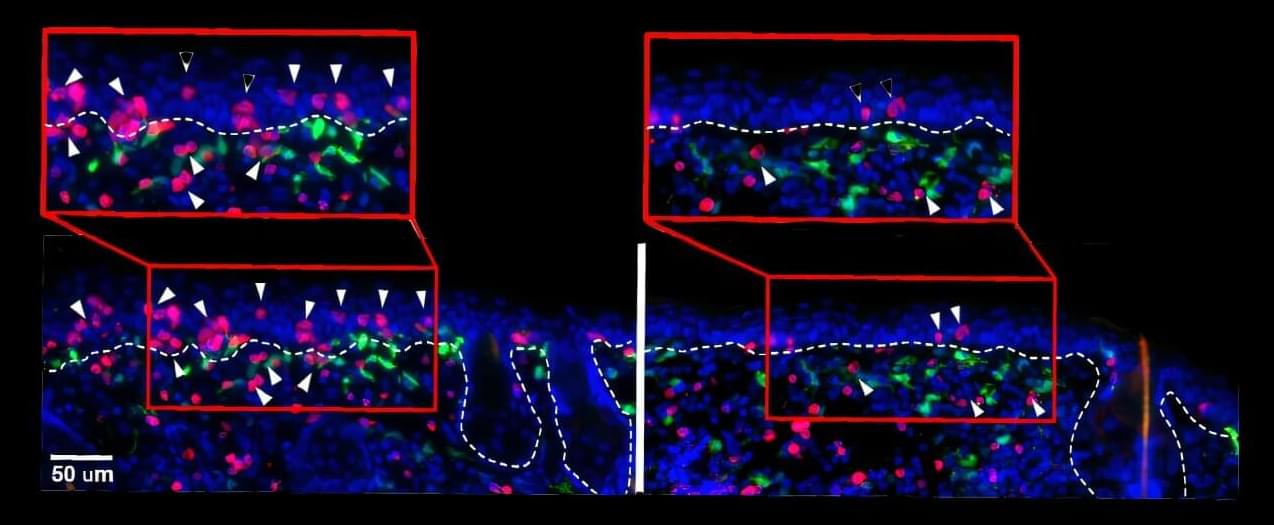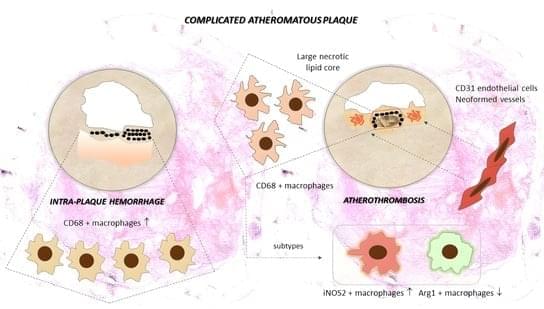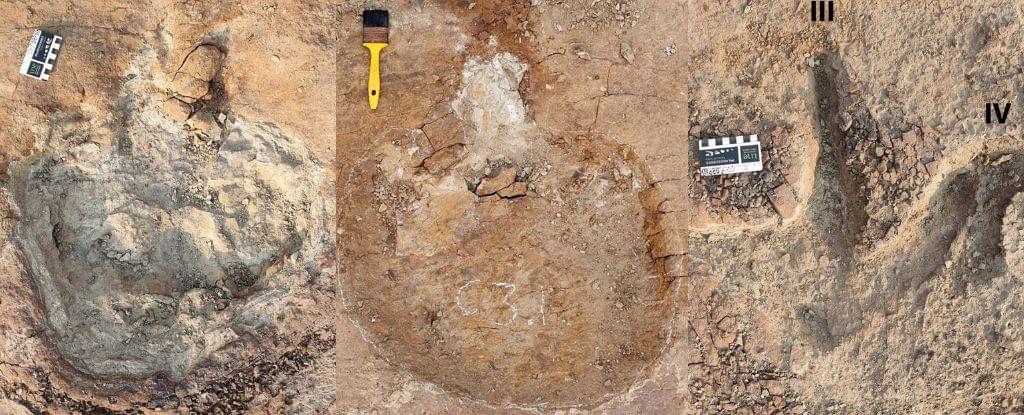ISS astronauts and people in Singapore were treated to a spectacular show.


Is Chief Executive Officer and Chairman of the Board of BioStem Technologies (https://biostemtechnologies.com/), a leading innovator focused on harnessing the natural properties of perinatal tissue in the development, manufacture, and commercialization of allografts for regenerative therapies.
Jason brings a wealth of experience in strategic operations planning and technical projects management from his rigorous technical background. His diverse expertise includes continuous process improvement, training and development programs, regulatory compliance and best practices implementation, and advanced problem solving.
Jason began his career as a technical engineer working for Adecco at SC Johnson in 2009, where he developed comprehensive maintenance plans to support manufacturing processes at scale. He then transitioned to manufacturing and quality engineering for major organizations, including ATI Ladish Forging, Nemak, and HUSCO International, where he spearheaded process design and implementation, solved complex supply-chain and manufacturing problems, and improved product sourcing and purchasing.
Jason’s philanthropic work with the Juvenile Diabetes Research Foundation sparked an interest in biotech, leading him to co-found Biostem Technologies in 2014. As CEO he has leveraged his expertise to optimize tissue sourcing, strategically build out a 6,000 square foot tissue processing facility that is fully compliant with FDA 210,211, 1,271, and AATB standards, and put together an expert team of professionals to support the company’s continued growth.
Jason holds a B.S. in Mechanical Engineering Technology and a minor in Mathematics from the Milwaukee School of Engineering and is Six Sigma Black Belt certified. He also serves as a Processing and Distribution Council Member for the American Association of Tissue Banks (AATB), as well as serves as a member of the Government Affairs committee for BioFlorida.
#JasonMatuszewski #BioStemTechnologies #PerinatalTissue #RegenerativeTherapies #ChronicWounds #DiabeticFootUlcers #VenousUlcers #PressureUlcers #AmnioticTissue #TissueAllografts #ExtracellularMatrix #ECM #GrowthFactors #Cytokines #Collagen #ProgressPotentialAndPossibilities #IraPastor #Podcast #Podcaster #ViralPodcast #STEM #Innovation #Technology #Science #Research

Weill Cornell Medicine researchers have discovered that PD-1—a molecule best known for putting the brakes on immune cells—also plays a critical role in helping T cells become long-term immune defenders in the skin. Early during infection, PD-1 acts like a steering wheel, guiding T cells to become protective resident memory T cells (TRM) that stay in place. These cells remember invading germs or cancer and quickly mount a response if that enemy reappears.
The preclinical findings, published July 29 in Nature Immunology, may impact how clinicians approach cancer treatments called immune checkpoint inhibitors. These drugs bind to PD-1 on the surface of T cells, releasing the brakes and unleashing the immune system to attack cancer cells.
Though immune checkpoint inhibitors are successful in treating melanoma, an aggressive skin cancer, about 40% of patients develop inflammatory rashes and itching in the skin or reactions in other epithelial tissues that cover internal and external surfaces of the body.


Background: Atherosclerosis is a progressive disease that results from endothelial dysfunction, inflammatory arterial wall disorder and the formation of the atheromatous plaque. This results in carotid artery stenosis and is responsible for atherothrombotic stroke and ischemic injury. Low-grade plaque inflammation determines biological stability and lesion progression. Methods: Sixty-seven cases with active perilesional inflammatory cell infiltrate were selected from a larger cohort of patients undergoing carotid endarterectomy. CD68+, iNOS2+ and Arg1+ macrophages and CD31+ endothelial cells were quantified around the atheroma lipid core using digital morphometry, and expression levels were correlated with determinants of instability: ulceration, thrombosis, plaque hemorrhage, calcification patterns and neovessel formation.

Roughly 76 million years ago, a herd of herbivorous dinosaurs left a trail of footprints that reveals different species may have walked together – and been stalked together, too.
An international team of paleontologists discovered the trackways preserved in ironstone at Canada’s Dinosaur Provincial Park. This area is known for its remarkable fossil specimens, but these are the first good set of tracks found in the area.
They reveal something fascinating: tracks from at least five ceratopsian dinosaurs appear alongside those of an ankylosaurid, meaning this could be the first evidence of multi-species herding among dinosaurs.


A compact optical frequency division system with magnesium-fluoride-microresonator-based frequency references and silicon-nitride-microresonator-based comb generators is reported, offering a soliton pulse train at 25-GHz microwaves with an absolute phase noise of −141 dBc Hz–1 and timing noise below 546 zs Hz–1/2 at a 10-kHz offset frequency.


Ivermectin is typically used to treat neglected tropical diseases such as onchocerciasis (river blindness) and lymphatic filariasis (elephantiasis). However, studies have shown that it can also reduce malaria by killing mosquitoes that bite people who have taken the drug. As resistance to insecticides increases, ivermectin may offer a new and effective way to reduce transmission, especially in areas where standard methods are no longer reliable.
The BOHEMIA project (Broad One Health Endectocide-based Malaria Intervention in Africa), funded by Unitaid, tested this idea through two large-scale Mass Drug Administration (MDA) trials in regions with high malaria burden: Kwale County in Kenya and Mopeia district in Mozambique. Researchers evaluated whether giving a single monthly dose of ivermectin (400 mcg/kg) over three months at the start of the rainy season could lower malaria transmission. In Kenya, the program focused on children aged 5 to 15, while in Mozambique it targeted children under the age of five.